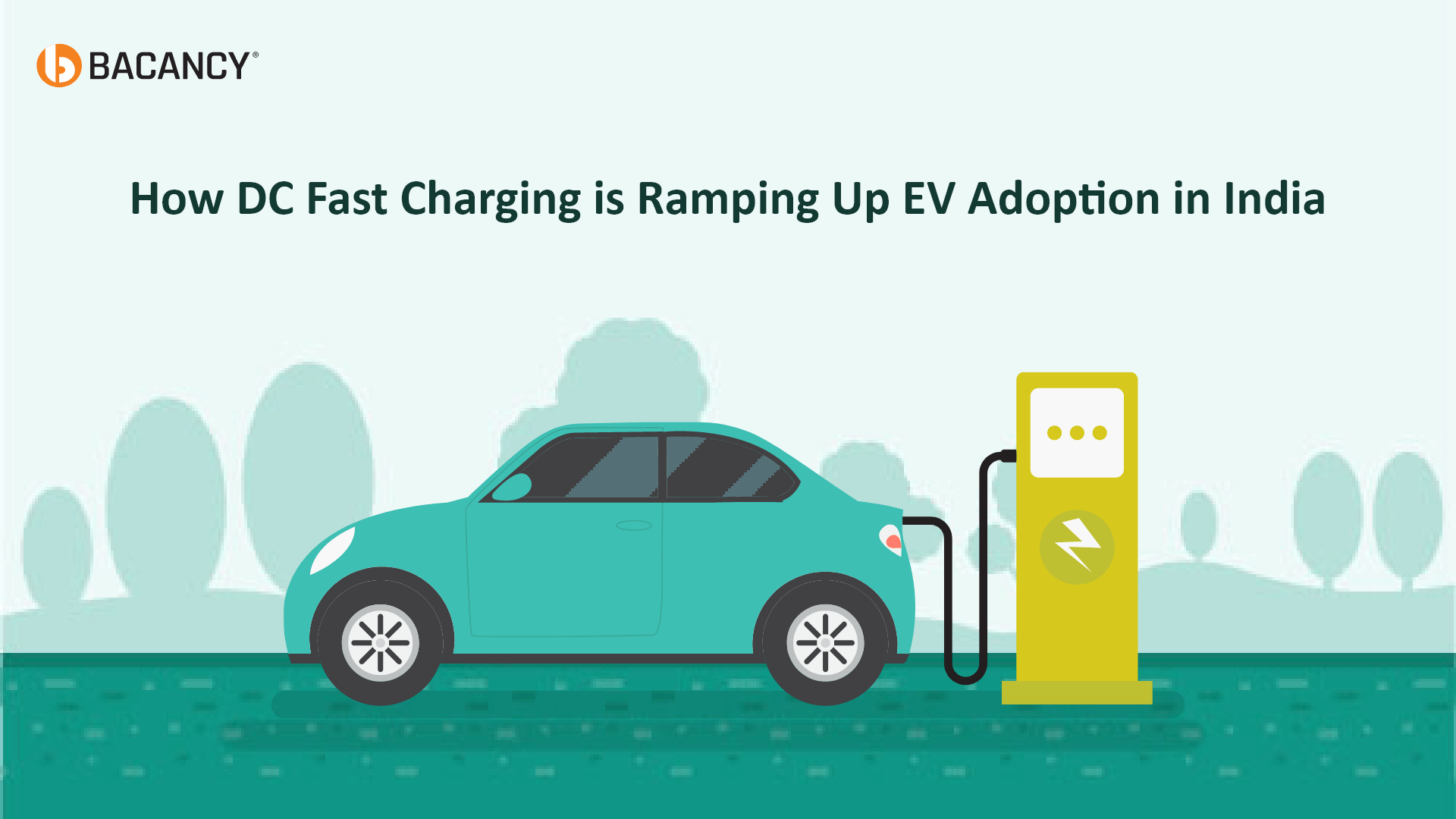
If we look at the present on-road EV gen models, the rate of charging continues to be significantly elevated than the previous EV models. To establish a direct relation, the charging capacity of the on-road electric cars has surpassed the power rating of the current EV charging stations.
Consequently, it takes many hours to fully charge a modern EV through AC charging systems.
To throw some light on the EV ecosystem, India has 1 Million EV users with the accessibility of 1,742 public charging stations (as of April 22). The Government of India’s FAME-II scheme focuses on scaling up the EV adoption by installing 2,877 electric vehicle stations in 68 cities spread across 25 states.
The revised policy under ‘Charging Infrastructure for Electric Vehicles – Guidelines and Standards (PDF here)’ specifically states that there should be at least one fast-charging infrastructure within every 100 km, preferably partnered with the public charging stations.
The presence of AC chargers is predominant over the DC fast chargers, increasing the time taken to charge an EV with a lesser number of EV charging per day. This is one of the prime reasons why the EV charging station owners are shifting toward installing fast-DC chargers. A DC fast-charging system can charge an EV can by up to 80% within 45 minutes.
For instance, a 50-kW fast DC charging system can charge an EV by over 50% within an hour. It is impossible for an on-board charger connected to a conventional household standard or a commercial AC charging box to come close to the speed of these DC fast charging systems.
Charging Level Gradients
The EV charging infrastructure is set up roadside in cities and highways to aid the drivers in curbing their range anxiety. For city owners, overnight charging at home continues to be the quickest, safest, and most reliable way, since their car can remain at standby for up to 12 hours.
- The Level 1 charging for battery utilizes a household outlet standard as the power source with a 120 Vac line. The charging gear is a utility standard on vehicles with a cord and a three-prong household plug. The charging usually takes between 8 to 12 hours to replenish a battery from 0 to 100% of charge, preferably when charged overnight.
- On the other hand, a Level 2 charging setup utilizes a sophisticated 40-Amp circuit with a 240 Vac line. Charging with a Level 2 setup takes around 4 to 6 hours to charge an EV fully. The applications of these chargers include public parking, commercial building, and curbside kiosks. Level 2 chargers involve a higher setup cost than Level 1.
- To the recent date, the most advanced technology employed for charging is the Level 3 type of charging, which is called DC fast-charging. An EV battery can be charged up to 80% in 30 minutes through DC fast charging, with a 480 V DC supply output.
Talking about the AC charging system, the power converter’s acceptance rate varies from manufacturer to manufacturer. The acceptance rate sets the speed of charging and the total time needed to charge an EV fully. The AC charging process involves rectification from AC to DC through onboard diagnostic tools, resulting in slow charging rates.
In contrast, with DC fast charging, the energy transition takes place directly from the charger to the battery, speeding up the charging process. Fast DC charging creates a win-win situation for the EV owners in situations involving rapid charging in less time (up to an hour). It is important to note that the right connector type is crucial for fast EV charging.
Fast Charging with a DC supply supersedes the cost and space required for installing an onboard charger. The scope of fast charging is in a phase of continual improvement. Through energy optimization, the speed of charging can be increased. At present, an e with a rating of 150 kW can add a 200 km range to an EV within 15 minutes of fast charging. The exact time to fast charge an EV depends on various factors, but on average, EVs can charge up to 80% within an hour.
The need for DC fast-charging systems is growing significantly in the ever-changing E-mobility space. The most promising factors such as reliability and longevity challenge the cost-effective model of the EV charge infrastructure space centric on commodity-based consumer goods. Keeping that as the key competency area, the cost-effectiveness enhances the power conversion system’s performance, efficiency, and safety and supplements the charging station manufacturer’s foundation for acquiring more customers.
Read More: cost of setting up an EV charging station
The three main pillars of the modern power conversion system include rigid power-factor correction, the current measurement for thermal issue assessment, and system frequency optimization for better management and control. These factors are discreetly important but, at the same time, leverage each other to lift the bars of the overall combined system performance.
Way Forward
The EV market segment for charging demands highly efficient and cost-effective solutions and charging methods. Though the multiple charging modes and automotive charging systems still exist, DC fast-charging occurs to be one of the most preferred solutions for faster EV adoption, combating the range anxiety of the Electric Vehicle owners and better customer acquisition for the owners of EV charging stations.
Making such systems feasible for larger scalability will ensure tremendous success in the EV market.






